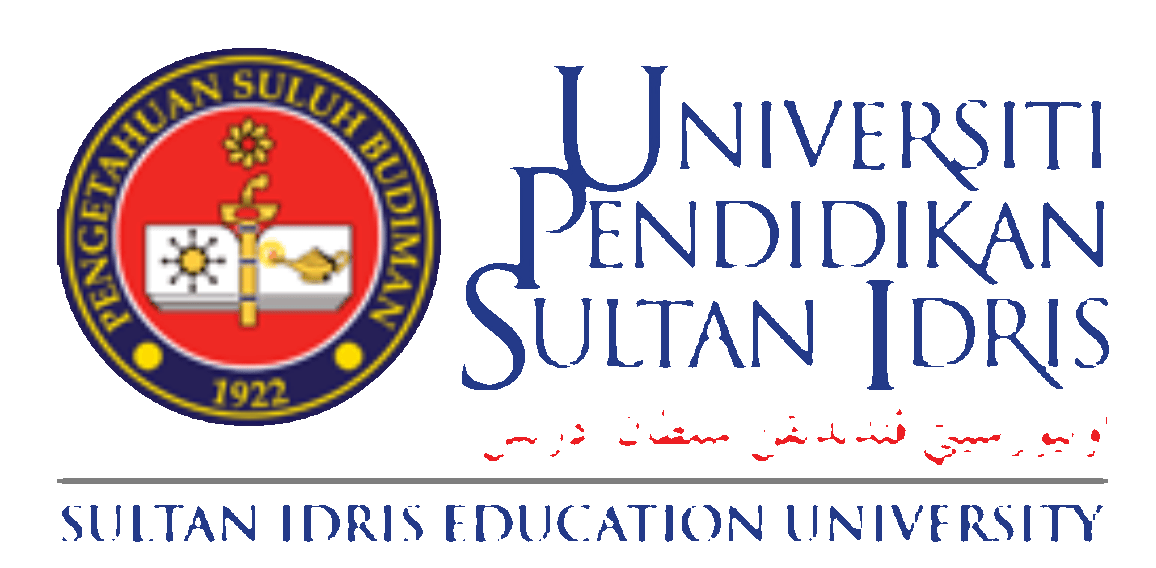Application of the Principle of Piercing the Corporate Veil in Resolving Corporate Responsibility Cases in Indonesia
Abstract
This research aims to explain the application of the Principle of Piercing The Corporate Veil in resolving corporate responsibility cases in Indonesia. The method used in this research is normative legal research, using a statutory approach. The results of the research explain that based on Article 3 paragraph (1) of Law Number 40 of 2007 concerning Limited Liability Companies, it is stated that the shareholders of the company aren’t personally responsible for the agreements made on behalf of the company and aren’t responsible for the company's losses exceeding the shares they own. However, the doctrine in corporate law recognizes the existence of the Principle of Piercing the Corporate Veil which can break through the limited liability of the company's shareholders into unlimited liability up to their personal assets. Although the Principle of Piercing the Corporate Veil has been regulated in Law Number 40 of 2007 concerning Limited Liability Companies, there have been major cases in which the shareholders of the company were responsible up to their personal assets but only limited responsibility for the shares they owned. These major cases include the PT Lapindo Brantas case in 2006 and the PT Bank Century case in 2008.
Downloads
References
Muladi, Company Law; Business Entities in Indonesia. Bogor: Ghalia Indonesia, 2010.
R. Prasetya, Independent Position of Limited Liability Company. Bandung: Citra Adytia Bakti, 1996.
Hasnati and A. S. Utama, “Implementation of Corporate Social Responsibility (CSR) by Forestry and Plantation Companies in Pelalawan Regency Riau Province, Indonesia,” Journal of Law and Political Sciences, vol. 25, no. 4, 2020.
Hasnati, Independent Commissioner and Audit Committee; Company Organs Role to Achieve Good Corporate Governance in Indonesia. Yogyakarta: Absolute Media, 2014.
L. J. Susilo, Good Corporate Governance at the Bank. Bandung: Hikayat Dunia, 2007.
S. Seokanto, Introduction to Legal Research. Jakarta: UI Press, 2007.
P. M. Marzuki, Legal Research. Jakarta: Kencana, 2011.
M. Fuady, Company Law in Business Law Paradigm. Bandung: Citra Aditya Bakti, 2002.
C. Ais, “The Influence of the Principle of Piercing the Corporate Veil in Indonesian Company Law,” Hukum Bisnis Journal, vol. 22, no. 6, 2003.
G. Adhyaksa, “Legal Protection for Customers against Losses Due to Transfer of Assets Based on the Principle of Piercing the Corporate Veil in Relation to the Accountability of Commissioners,” Unifikasi Journal, vol. 2, no. 1, 2015.
A. S. Utama, “Independency of Supervision of State-Owned Enterprises of Banks in the National Legal System in Indonesia,” Soumatera Law Review Journal, vol. 1, no. 1, pp. 1-21, 2018.
D. S. Hasnati and A. S. Utama, “Comparison of the Principles of Good Corporate Governance,” in Conventional Banks and Islamic Banks in the Legal System in Indonesia, Mizan Journal, vol. 3, no. 2, pp. 197-207, 2019.
A. S. Utama, “Good Corporate Governance Principles in Indonesia Syariah Banking,” International Journal of Law and Public Policy, vol. 2, no. 1, pp. 11-16, 2020.


















